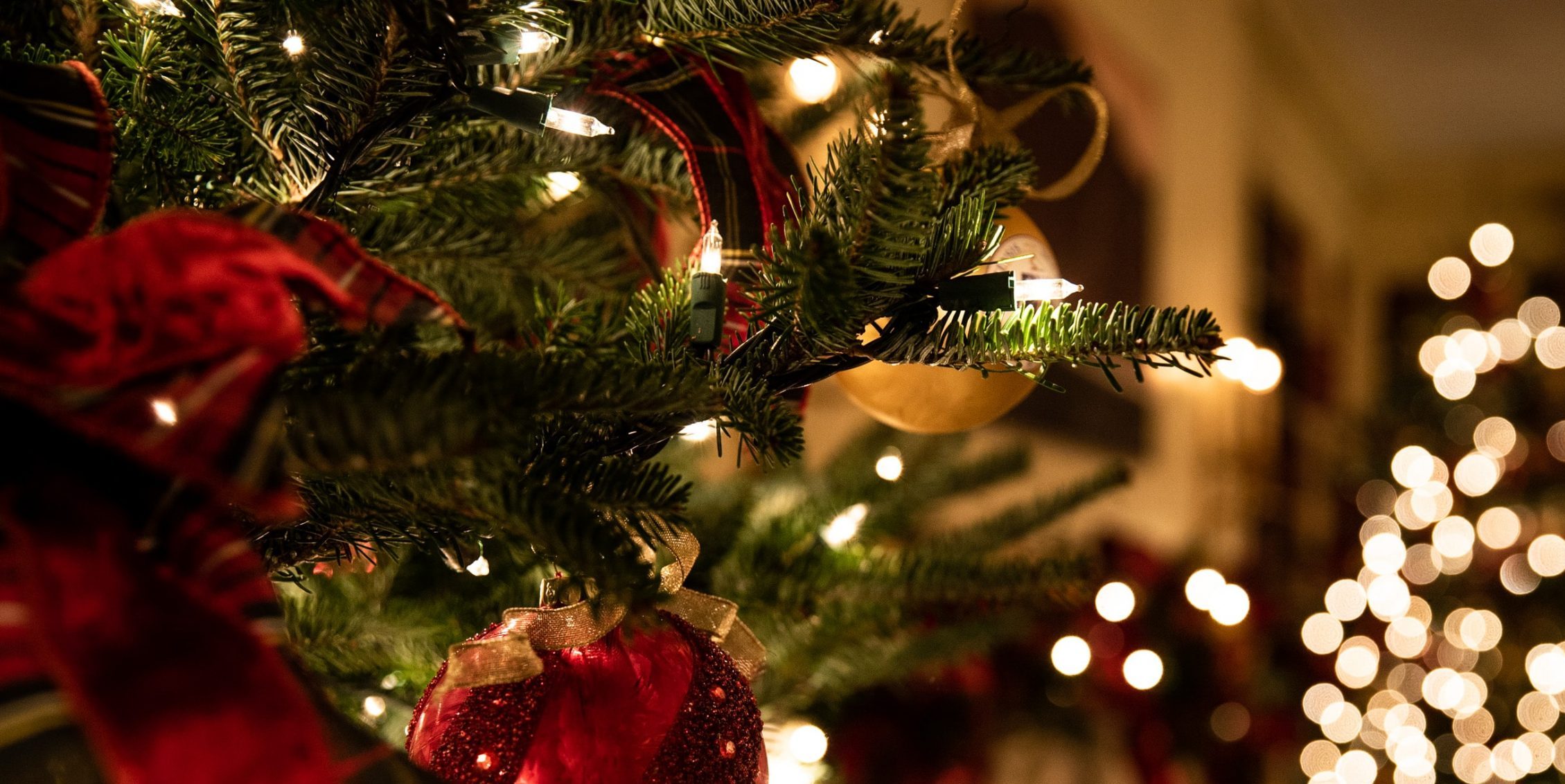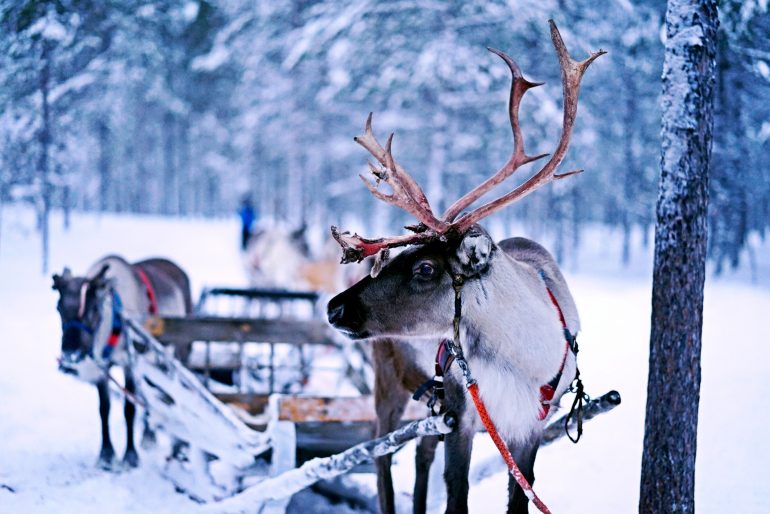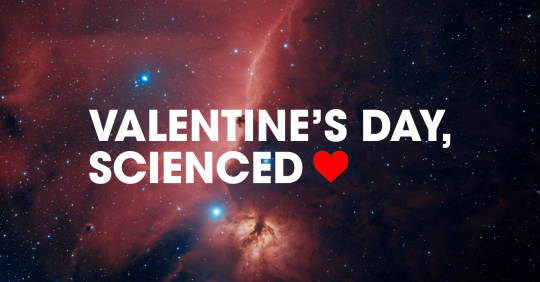No products in the cart.
The Science Behind Christmas | Explained

The Christmas season is enjoyed by many across the world. Spending time with loved ones, giving and receiving gifts, and putting up Christmas decorations. Here, at BIOZONE, we are no different, we love the holidays and getting into the festivities, but this year we got to thinking, what is the science behind Christmas? How does Santa deliver those presents in such a short time frame? Why does Rudolph’s nose glow brightly? And how many children does Santa have to deliver to?

The Science behind Santa
Currently, there are thought to be 1.9 billion children in the world, and let’s be honest, even with Santa’s magic and high speeds we are not completely sure he could reach them all. So, let’s take a look at the children who celebrate Christmas and want Santa to show up. This means that this number is reduced to around 650 million children on Christmas Eve, with a total of 267 million households.
Fortunately, the children live in different time zones which would mean that Santa has around 34 hours to complete present delivery services. This would result in a speed of 4,705,882km/h to make sure each child had a gift on Christmas Day. Now, at this speed, it would mean that Santa would be vapourised. However, time dilation and a bit of Nochebuena Magicae help Santa along the way.
Time dilation is derived from Einstein’s theory of special relativity and that time is relative to the observer. The faster an object moves, the slower it will experience time, and therefore age slower as well. If Santa is moving at around 4,705,882km/h he will definitely be experiencing time dilation which would mean that he would have the time to sneak down chimneys and into houses and place gifts under the tree, faster than you could blink an eye! It would also mean that he ages much much slower than the rest of us, explaining his looks not changing for hundreds of years and probably many more years to come.
Of course, Nochebuena Magicae Latin for Christmas Eve Magic plays a huge role in the delivery of gifts but should be used wisely each year.

Why does Rudolph’s nose glow red?
Rudolph has an extremely important task, lighting the way for Santa to travel around the world. It is often speculated why Rudolph does in fact have such a bright red nose, is it magic? Well, yes and no. Rudolph has always had a red nose.
A dense build-up of capillary vessels close to the surface of a reindeer’s nose allows them to regulate their temperature in extreme environments. This is especially true when Rudolph is pulling the sleigh and needs to protect his brain during icy cold conditions in Canada and heat waves in Australia!
Missed our last blog post? Find “Translate our eBooks into 21 different languages” here.



